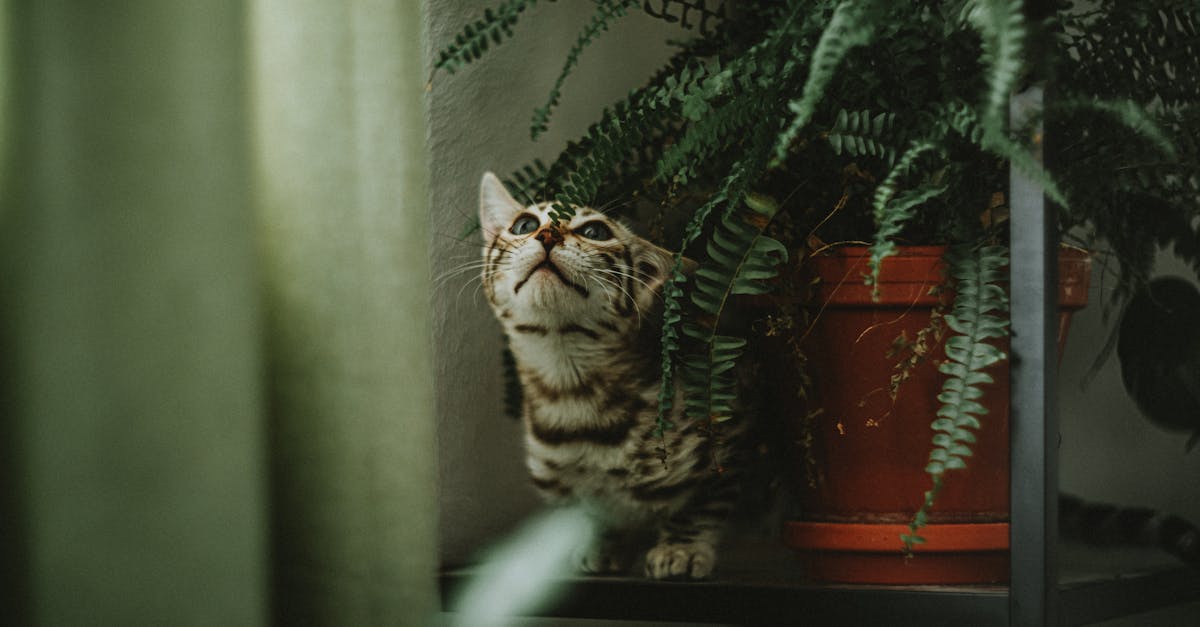Looking to add a touch of green to your indoor space? Ferns are a fantastic choice for bringing nature inside.
In this text, we’ll guide you through the ins and outs of caring for a fern, ensuring your leafy companion thrives in its new home.
From light and water requirements to tips on propagation and troubleshooting common issues, we’ve got you covered.
Let’s jump into the world of fern care and cultivate a flourishing botanical haven together.
Key Takeaways
- Choosing the Right Location: Provide indirect light, maintain consistent room temperature and humidity, and ensure good air circulation for a healthy fern.
- Providing Adequate Light: Most ferns thrive in indirect sunlight, but each species has unique light requirements, so research your fern’s needs to thrive.
- Watering Requirements: Keep the soil evenly moist but not waterlogged; different fern species have varying watering needs, so understand your fern’s specific requirements.
- Propagating Your Fern: Consider propagating through division or spores as methods to expand your indoor garden and share the beauty of ferns.
- Troubleshooting Common Issues: Look out for yellowing leaves, brown tips, wilting, or browning fronds as signs of potential issues like too much light, low humidity, underwatering, or pests; make necessary adjustments for a healthy fern.

Choosing the Right Location
When it comes to caring for a fern, selecting the perfect spot is critical for its well-being. Here are some key aspects to consider:
- Light Exposure: Ferns thrive in indirect light, making them ideal for rooms with plenty of natural sunlight.
- Avoid Direct Sunlight: Direct sunlight can scorch their delicate leaves, so opt for locations with filtered light.
- Temperature: Maintain a consistent room temperature between 60-75°F.
- Humidity: Ferns love humid environments; consider using a humidifier or a pebble tray to increase moisture levels.
- Ventilation: Ensure good air circulation to prevent stagnant air around the plant.
After all, the right location sets the stage for a happy, healthy fern!
Providing Adequate Light
When it comes to caring for a fern, providing the right amount of light is critical. Most ferns thrive in indirect sunlight. Placing your fern near a window but avoiding direct sun exposure is ideal.
Ferns can also adapt to low light conditions, but growth may slow down. If your fern starts losing its vibrancy or grows leggy, it might be craving more light. Try moving it to a spot with brighter, indirect light.
After all, each fern species has unique light requirements. So, always research the specific needs of your fern to ensure it gets the right amount of light to flourish.
For more tips on indoor plant lighting, check out this guide to lighting for indoor plants.

Watering Requirements
When it comes to watering our ferns, consistency is key. Overwatering can lead to root rot, while underwatering can cause wilting. We want to keep the soil evenly moist but not waterlogged. A good trick is to stick a finger in the soil – if it feels dry to the touch, it’s time to water.
Different fern species have varying watering needs, so it’s important to research and understand our fern’s specific requirements. Some ferns prefer a bit more moisture, while others like to dry out slightly between waterings.
Propagating Your Fern
When it comes to propagating your fern, there are a few methods you can try. One popular way is through division. Dividing your fern involves separating the plant into smaller sections, each with its own roots. Another method is propagating through spores, which can be a bit more complex but rewarding.
If you’re interested in learning more about dividing ferns, you can check out this guide on dividing ferns. For those keen on propagating through spores, this helpful article on propagating ferns provides detailed steps to follow.
After all, propagating your fern can be a fun way to expand your indoor garden and share the beauty of these plants with others.

Troubleshooting Common Issues
Dealing with fern problems? Yellowing leaves could mean too much light or fertilizer. Move your fern to a spot with less light and hold off on feeding it. On the flip side, brown tips might indicate low humidity. Try misting its leaves or placing a tray of water nearby. Wilting? Check the soil moisture – it might need more water. If you see browning fronds, it could be underwatering or a sign of pests. Inspect closely and act accordingly. After all, overwatering can lead to root rot, so avoid soggy soil. If your fern is struggling, these adjustments could make a big difference.
For more information on common fern issues and solutions, visit The Spruce.
